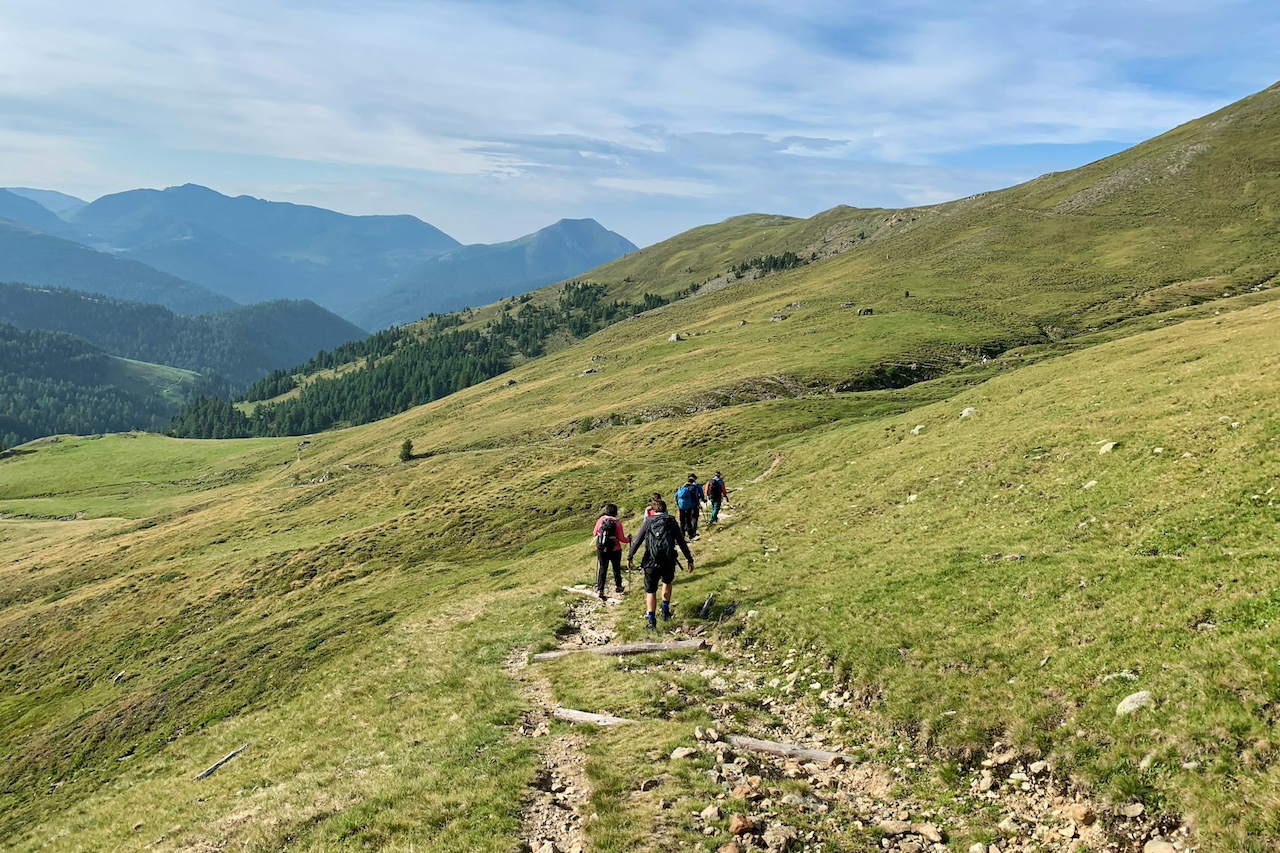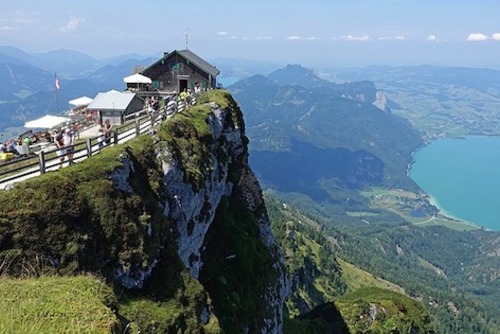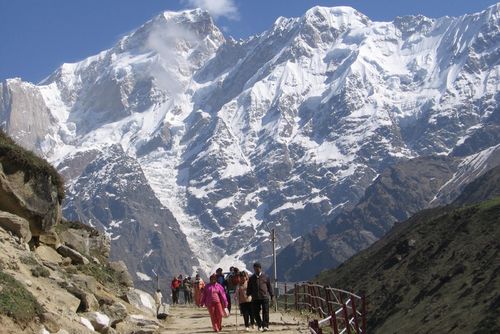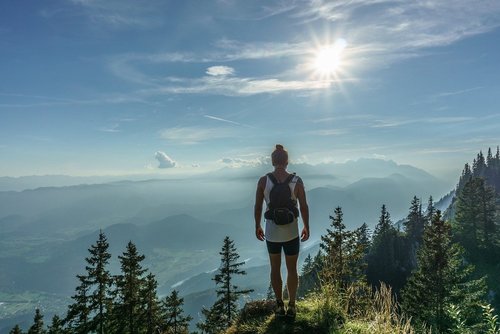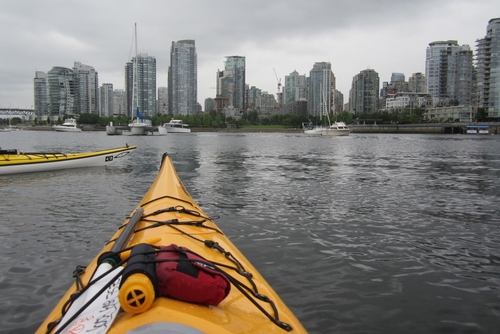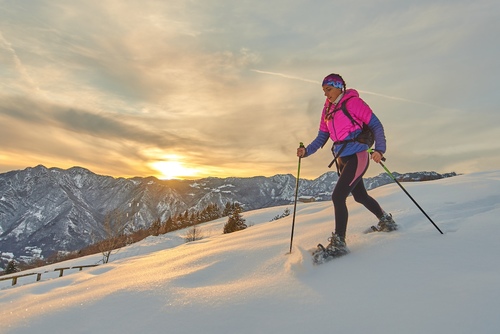If you are looking for your next hiking destination, you really should consider booking a trip to Austria.
You can plan a hiking adventure researching trails and booking accommodation independently, or several local and international travel companies offer group tours which can be a lot of fun, a great way to meet other travellers and also get taken to the best routes in the country.
Here is all the important things to know before going hiking in Austria.
When to Go Hiking in Austria
The most popular time to visit Austria for outdoor activities like hiking and boating is during their summer, between June and September. Expect to see lots of other trekkers, but crowds are much less than in other nearby destinations like France or Italy. Hiking in the snowy Alps during winter is also popular, but only advised for experienced hikers.
Best Hiking Trails for Beginners
These are some of the easiest hiking trails if you are new to walking adventures and can be done in one day:
- Döbling.
- Hallstatt.
- Tux.
- Gosau.
- Grödig.
- Zell am See.
- St. Wolfgang im Salzkammergut.
- Hernals.
Hardest Hiking Trails in Austria
If you have experience doing hiking trips and have a good level of fitness these more advanced routes will appeal to you.
- Schlegeisspeicher to Olpererhütte.
- Untersberg.
- Sankt Wolfgang (Salzkammergut) to the Schafberg.
- Stuibenfall.
- Nordkette Seilbahnsteig.
- Ehrwald - Coburger Hütte.
- Mountain Hike Friesenberghaus - Olperer Hut.
- Hungerburg to Hafelekarspitze.
Sustainable Hiking Tips in Austria
As the popularity of hut-to-hut hiking grows, so does the responsibility to tread lightly. These recommendation detail sustainable practices that ensure these trails remain pristine for generations to come.
Understanding the Impact of Hiking
Every footstep on a trail has the potential to impact the natural environment. Soil compaction, erosion, and vegetation damage are significant concerns. This section explores how hikers can reduce their ecological footprint while enjoying the stunning Austrian backcountry.
Choosing Eco-Friendly Trails
Some routes are designed to minimize environmental impact, featuring durable pathways that resist erosion and manage water runoff effectively. Highlighting trails that are known for their sustainability efforts can guide hikers in making responsible choices.
Sustainable Travel to and From the Trail
How you get to the trail can be just as impactful as the hike itself. Discuss the benefits of using public transportation, carpooling, and other low-impact methods to reach the starting points of these trails. Promoting local shuttle services and train routes not only reduces emissions but also enhances the overall hiking experience by allowing hikers to enjoy the scenery along the way.
Best Practices While on the Trail
This crucial section offers tips such as sticking to marked paths to avoid trampling undergrowth, properly disposing of waste, and using eco-friendly gear. Emphasize the importance of leaving no trace to preserve the natural beauty of Austria’s mountainous regions.
Engaging with Local Communities
Hut-to-hut hiking isn’t just about the walk; it’s about the communities you encounter along the way. Supporting local economies by purchasing local products and staying in locally-owned huts can contribute positively to the regions that hikers enjoy.
Eco-Friendly Accommodations
Many Austrian huts are moving towards sustainability through solar power, water-saving fixtures, and organic food offerings. Highlighting these accommodations not only promotes such initiatives but also encourages hikers to choose establishments that are committed to environmental stewardship.
The Role of Hikers in Conservation Efforts
Hikers often become passionate advocates for the trails they love. This section will discuss how hikers can get involved in trail maintenance and conservation efforts, potentially through donations, volunteering, or participating in local advocacy groups.
Where to Stay
There are accommodation throughout the Alps, towns, villages and cities of Austria. Book ahead especially during peak times so you can reserve a room and get the best prices.
How to Stay Safe
Austria is a very safe country but when exploring rural areas and the Alps its important to take a phone with you incase you get lost. In summer pack lots of fluids to avoid dehydration and also get travel insurance before arriving so you are covered for any accidents or emergencies.
Plan Your Hiking Trip to Austria
Hut-to-hut hiking in Austria offers an incredible opportunity to connect with nature and challenge oneself physically. By adopting sustainable practices, hikers ensure that these trails remain vibrant and accessible for those who follow in their footsteps. Embrace the journey with respect and mindfulness, and the trails will continue to offer their wonders for many years to come.

